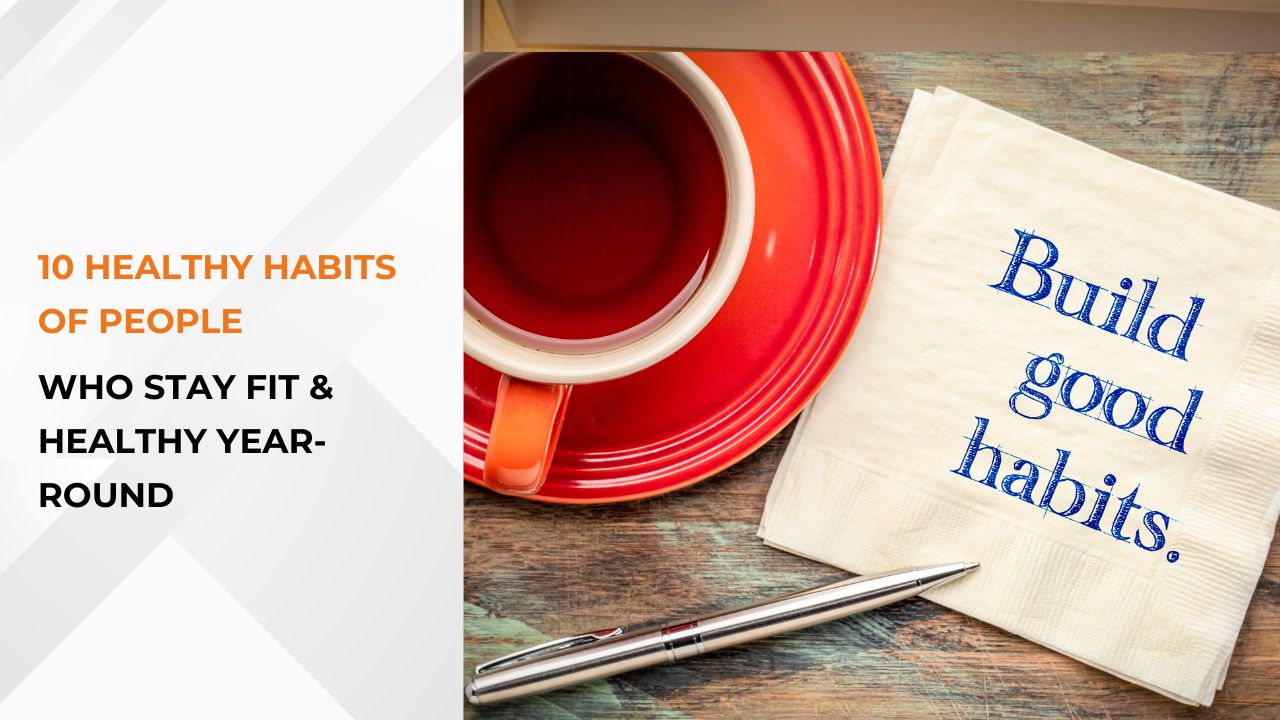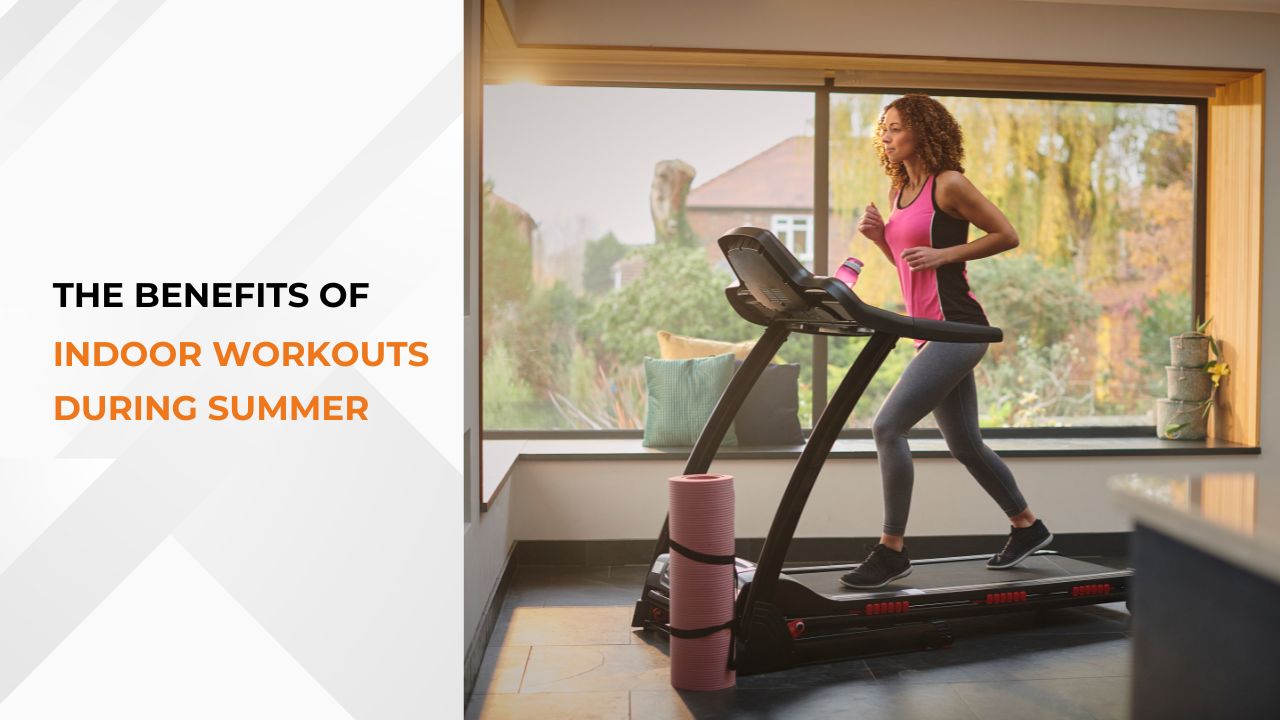10 Essential Stretching Exercises to Improve Flexibility and Prevent Injury

Flexibility is a cornerstone of fitness, often overlooked but vital for overall well-being. Stretching not only enhances flexibility but also plays a critical role in preventing injuries, improving posture, and increasing blood flow to muscles. Whether you’re an athlete, a fitness enthusiast, or someone looking to improve your daily movement, incorporating stretching exercises into your routine can offer significant benefits. Here are ten essential stretching exercises to improve flexibility and prevent injury.
1. Standing Forward Bend (Uttanasana)
Target Muscles: Hamstrings, calves, lower back
How to Perform: Stand with your feet hip-width apart. Inhale deeply, then exhale as you hinge at your hips to fold forward. Keep your spine long as you lower your chest towards your thighs. Let your hands reach towards the floor or grab your ankles. If you can’t reach it, bend your knees slightly. Hold for 30 seconds to 1 minute, breathing deeply.
Benefits: This stretch elongates the hamstrings and calves while relieving tension in the lower back. It’s excellent for improving flexibility in the posterior chain and can help prevent lower back injuries.
2. Cat-Cow Stretch (Marjaryasana-Bitilasana)
Target Muscles: Spine, shoulders, neck
How to Perform
Start on your hands and knees in a tabletop position. Inhale as you arch your back, lifting your head and tailbone towards the ceiling (Cow Pose). Exhale as you round your spine, tucking your chin to your chest and drawing your belly button towards your spine (Cat Pose). Continue flowing between these two positions for 1 to 2 minutes.
Benefits
This dynamic stretch increases spinal flexibility and mobility, helps alleviate back pain, and improves posture. It’s also an excellent way to warm up the spine before more intense activities.
3. Hip Flexor Stretch
Target Muscles: Hip flexors, quadriceps
How to Perform
Begin in a lunge position with your right foot forward and your left knee on the ground. Shift your weight forward, feeling a stretch in the front of your left hip. Keep your torso upright and avoid arching your lower back. Hold for 30 seconds to 1 minute, then switch sides.
Benefits
Tight hip flexors can lead to lower back pain and reduced range of motion in the hips. This stretch helps lengthen the hip flexors and quadriceps, improving mobility and reducing the risk of injury.
4. Child’s Pose (Balasana)
Target Muscles: Lower back, hips, shoulders
How to Perform
Kneel on the floor with your big toes touching and knees spread apart. Sit back on your heels, then reach your arms forward as you lower your torso towards the floor. Rest your forehead on the mat and relax into the stretch. Hold for 1 to 2 minutes, breathing deeply.
Benefits
Child’s Pose is a restorative stretch that helps release tension in the lower back, hips, and shoulders. It also promotes relaxation and can be used as a gentle cool-down stretch after a workout.
5. Seated Forward Bend (Paschimottanasana)
Target Muscles: Hamstrings, spine, calves
How to Perform
Sit on the floor with your legs extended straight in front of you. Inhale and lengthen your spine, then exhale as you hinge at your hips to reach for your feet. Hold your shins, ankles, or feet, depending on your flexibility. Keep your spine as straight as possible and hold for 30 seconds to 1 minute.
Benefits
This stretch targets the hamstrings, calves, and lower back, improving flexibility in the posterior chain. It’s particularly beneficial for those who sit for long periods, as it helps counteract the effects of prolonged sitting.
6. Butterfly Stretch
Target Muscles: Inner thighs, hips
How to Perform
Sit on the floor with the soles of your feet together and your knees bent out to the sides. Hold your feet with your hands and gently press your knees towards the floor with your elbows. Keep your spine straight and hold the stretch for 30 seconds to 1 minute.
Benefits
The butterfly stretch targets the inner thighs and hips, areas that can become tight from activities like running or cycling. Improving flexibility in these muscles can help prevent injuries and improve performance in lower body exercises.
7. Standing Quad Stretch
Target Muscles: Quadriceps, hip flexors
How to Perform
Stand on one leg, using a wall or chair for balance if needed. Bend your other knee and bring your heel towards your glutes. Grab your ankle with your hand and gently pull your heel closer to your body, feeling a stretch in your quads. Keep your knees together and your hips aligned. Hold for 30 seconds to 1 minute, then switch sides.
Benefits
Tight quadriceps can contribute to knee pain and poor posture. This stretch helps lengthen the quads and hip flexors, improving flexibility and reducing the risk of injury.
8. Pigeon Pose (Eka Pada Rajakapotasana)
Target Muscles: Hips, glutes, lower back
How to Perform
Start in a tabletop position, then bring your right knee forward and place it behind your right wrist. Extend your left leg straight back, keeping your hips square. Lower your torso towards the floor, resting on your forearms or lying flat. Hold for 1 to 2 minutes, then switch sides.
Benefits
Pigeon Pose is a deep hip opener that stretches the glutes, hip flexors, and lower back. It’s especially beneficial for those who experience tightness in the hips, often due to prolonged sitting or intense physical activity.
9. Triceps Stretch
Target Muscles: Triceps, shoulders
How to Perform
Raise your right arm overhead, then bend your elbow to reach your hand down your back. Use your left hand to press your right elbow, deepening the stretch gently. Hold for 30 seconds to 1 minute, then switch sides.
Benefits
The triceps stretch helps improve flexibility in the upper arms and shoulders. It’s a great stretch to do after upper body workouts to prevent muscle stiffness and enhance recovery.
10. Downward Facing Dog (Adho Mukha Svanasana)
Target Muscles: Hamstrings, calves, shoulders, spine
How to Perform
Start on your hands and knees, then lift your hips towards the ceiling, straightening your legs and forming an inverted V-shape with your body. Keep your hands shoulder-width apart and press your heels towards the floor. Hold the pose for 1 to 2 minutes, breathing deeply.
Benefits
Downward Facing Dog is a full-body stretch that targets the hamstrings, calves, shoulders, and spine. It helps improve flexibility, strength, and balance, making it a staple in many fitness routines.
Conclusion
Incorporating these ten essential stretching exercises into your routine can significantly improve your flexibility, enhance your range of motion, and reduce the risk of injury. Stretching is not just for athletes; it’s a vital component of overall fitness that benefits everyone. Regular stretching can lead to better posture, less muscle tension, and a greater sense of well-being. Whether you’re warming up for a workout or winding down after a long day, these stretches will help keep your body flexible, strong, and injury-free.
Make stretching a consistent part of your daily routine, and you’ll notice the positive impact on your physical and mental health over time.

